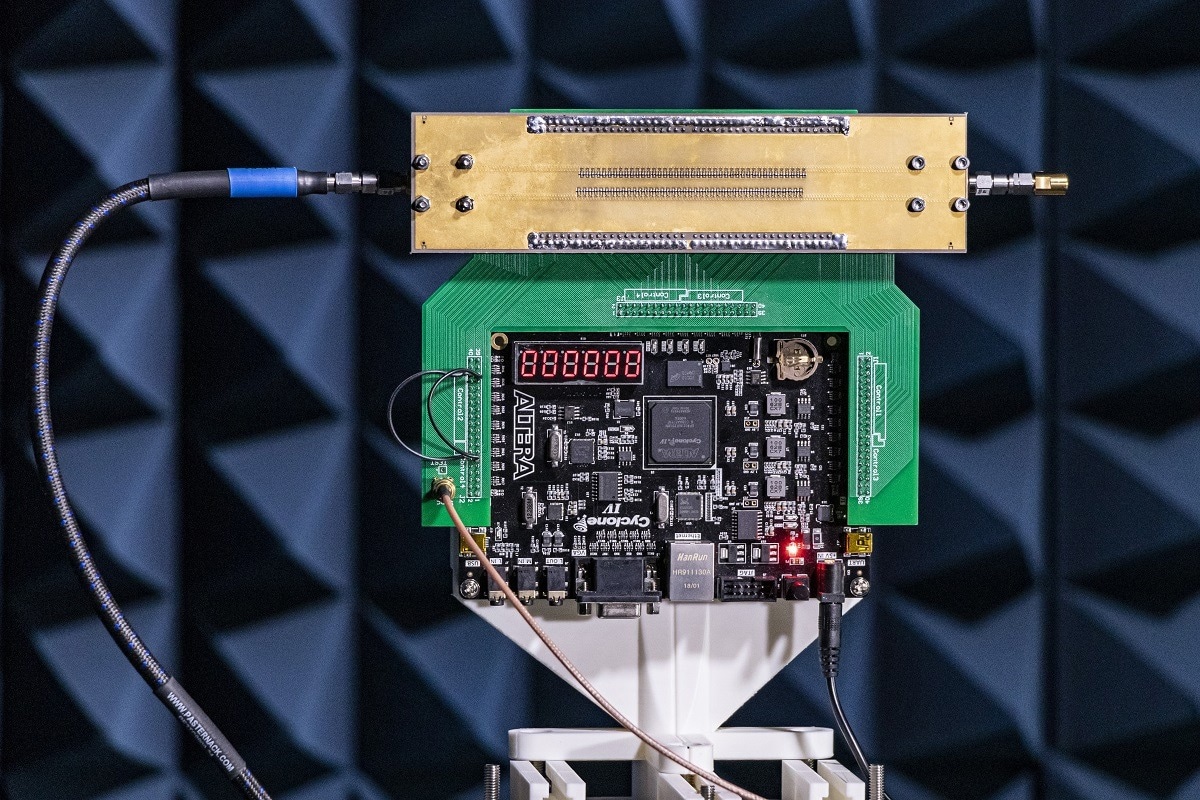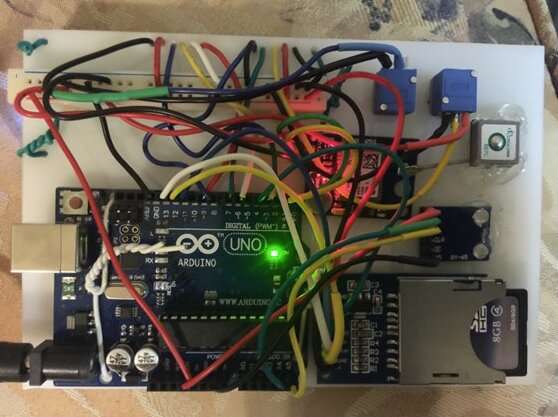Why use Force Sensors from Zemic Europe in Warehouse Management Systems (WMS)?
Zemic force sensors are used more and more in Smart Warehouse Management Systems.
Customers expect faster delivery times and technology is developing at a rapid pace. To keep up more companies make use of Smart Warehouse Management Systems. A Smart Warehouse Management System is an innovative technology for automated, intelligent management of warehouses. These systems combine all critical warehouse data in one platform and aim to optimize the supply chain management. They provide more insight into the flow of goods and stock levels and lead to improved productivity, efficiency, and accuracy. 3PL (third party logistics) started with innovating the business. We see now a spin off to all kind of warehouses to obtain the same benefits.
In warehouse applications an important feature is to prevent running out of stock. This is called inventory or storage control. The new WMS are designed in such a way, that empty shelves can be prevented in most cases. When our customers can control this, they directly save costs and make more profit.
1st Editonal of International Conference on Sensing Technology | 23-24 Jan 2023 | India
Abstract Submission:https://x-i.me/gaycon
Award Nomination:https://x-i.me/gaynom
Member Nomination:https://x-i.me/gaymem
Visit: http://sensors-conferences.sciencefather.com/
For Enquiries: sensors@sciencefather.com








